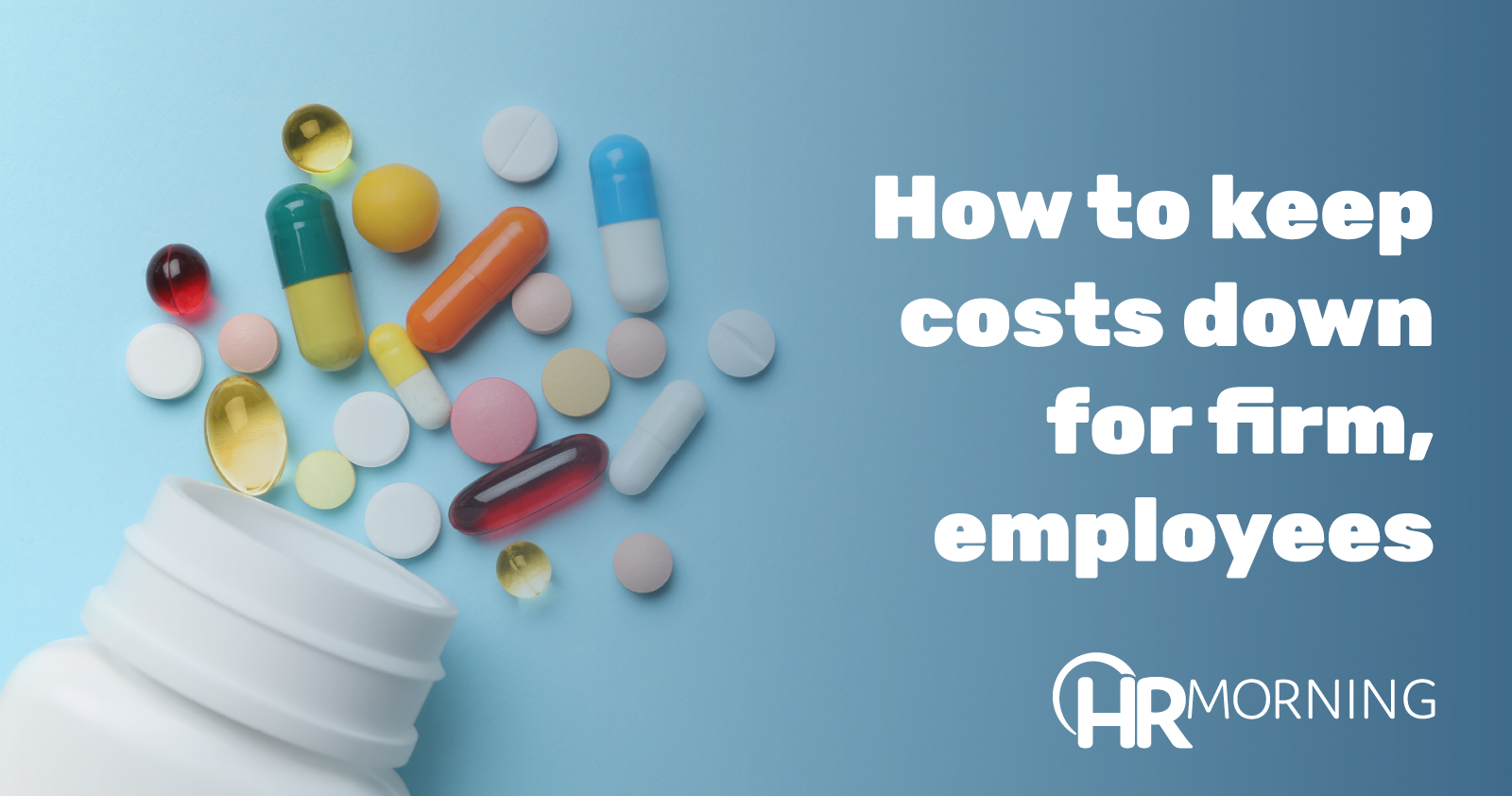Specialty drugs: Vital for health, but extremely pricey

Do you know what the current factors are that affect specialty pharmaceutical trends? It’s important knowledge to have since it can help your company develop a plan for what benefit they’ll offer as new drugs get FDA approval.
“We see in the market that 1% to 2% of prescriptions are for specialty drugs, yet this often accounts for greater than 50% of pharmacy spending,” said Katie Asch, senior director, U.S. consulting pharmacy practice lead, Willis Towers Watson. “It is imperative to design a benefit that provides judicious access to these important treatments.”
Specialty drugs are used to treat complex conditions. They’re pricey because they cost more to develop, produce and administer, and often require special handling.
How to keep costs down for firm, staff
There are ways you can manage specialty drugs: financially and clinically.
Some of the things that fall into financial management include:
- discounts negotiated by firms for individual payers or groups of payers in a purchasing coalition
- preferred drug lists that include the best value meds and remove comparable higher-cost ones
- maximizing copay coupons from manufacturers to cover drug costs -spreading the risk of high-cost therapies across many payers, and
- designing a plan that only allows member’s actual out-of-pocket cost to apply toward deductible and out-of-pocket maximum accumulations.
As for clinical management, the thing that fall under it include:
- making sure employees receive rare disease or cancer treatment from a center of excellence
- utilization management (prior authorization, quantity limits and step therapy criteria), and
- specialized care/case management for rare and specialty conditions
For more info on this complex topic, click here.
